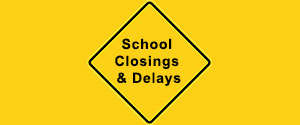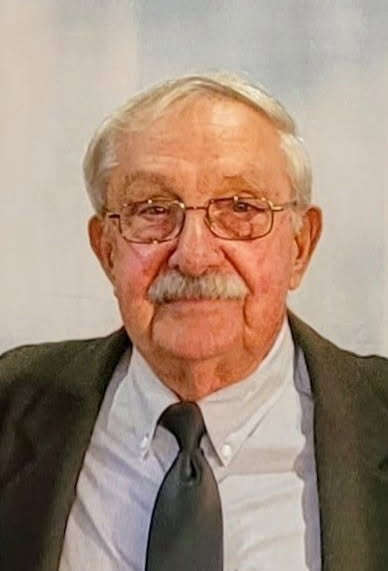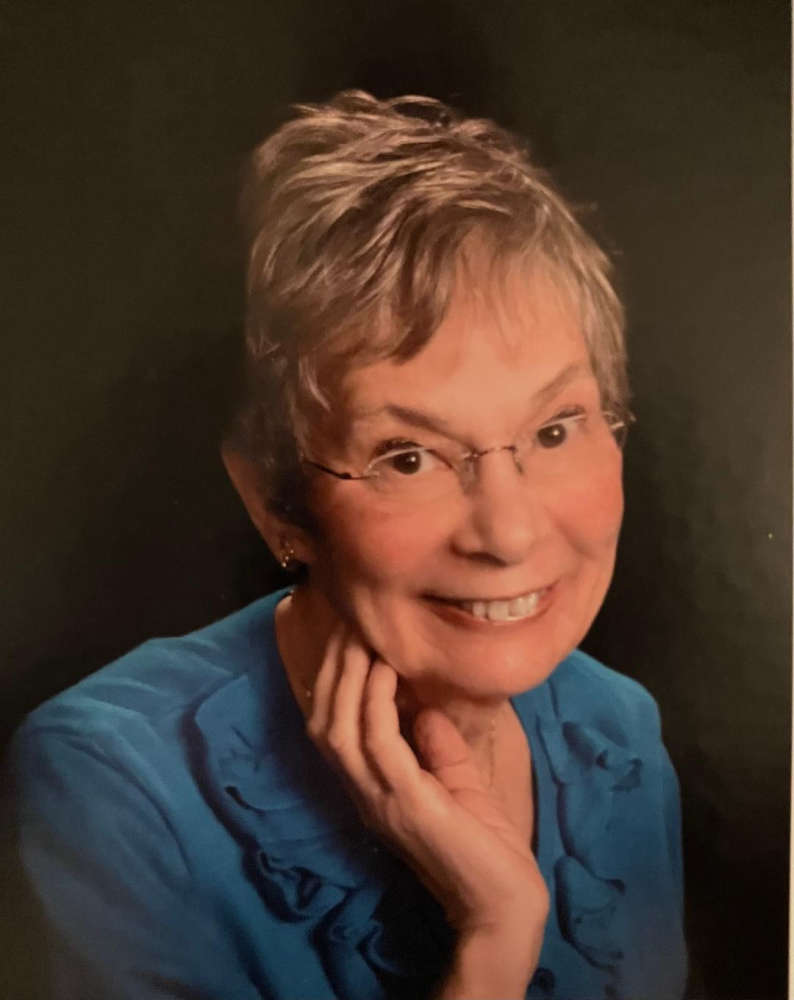
column-highlights-from-the-columbia-and-snake-river-cruise
Travelers with Shelby Senior Services just returned from a week-long cruise on the Columbia and Snake Rivers in Oregon and Washington. It is the same route that the Lewis and Clark expedition traveled to explore some of the territory purchased through the Louisiana Purchase.
While they used log canoes hewn out by the local native tribes, we boarded a paddlewheel boat in Portland, Oregon, to travel to the east end of the Snake River and the airport at Lewiston, Idaho.
As you may remember from geography class at school, the Louisiana Purchase was land purchased from the French in 1803 for three cents an acre. What a bargain!
It encompassed over 828,000 square miles of land that essentially doubled the land mass of the United States. This enabled the beginning of the western expansion of our country. Lewis and Clark were tasked with finding a way to travel to the Pacific Ocean through this territory.
Our first port was Astoria, Oregon. Who knew it would be one of the highlights of the trip. Astoria is a town built on the side of steep hills. An excursion to Astoria column memorializes “the cradle for America’s claim to the Pacific Coast.” It consists of a 125-foot column with spiral carvings depicting the historical events from 1792 to the 1880s.
The 600-foot hill features breathtaking views from the top of Coxcomb Hill on which it sits, and puts the Lewis and Clark expedition in perspective. The winding Columbia River below is visible for miles.
Just so you don’t forget your visit, each person is given a balsa wood airplane to assemble and fly down the hill. It was an unforgettable and fun experience.
The second most memorable highlight was the excursion to Mount St. Helens. According to the brochure, “Early in the morning on Sunday, May 18, 1980, volcanologist David Johnston took measurements of Mount St. Helens from a nearby observation post. There were no red flags to predict the catastrophe about to happen.”
He only had enough time to warn those below. Johnston perished in that eruption.
A magnitude 5.1 earthquake struck one mile under the mountain. The ensuing volcanic eruption took out the summit and the side bulge. The debris traveled down 600 feet to the Toutle River bed, and the debris filled up the basin to the size of one million swimming pools.
While it has been many years since the eruption, vegetation has been slow to grow back. Ash covered the land for miles around, and the clouds of ash encircled the globe. The devastation and loss of life were epic. Scientists still keep a close eye on the mountain.
Last but not least, the Sacajawea State Park and Interpretive Center at Richland, Washington, was a pleasant surprise. The story of this Shoshone woman is extremely inspiring.
At age 12 she was captured by a Hidatsa raiding party, then later she was sold to a French fur trader, and she became one of his several wives. Her husband, Toussanit Charbonneau, was hired as interpreter for the expedition and she accompanied them. She was the interpreter for communication with many native tribes along the way, she helped find passages through the most difficult terrain, and she even gave birth during the expedition. Jean Baptist, her son, was born February 11, 1805.
The park is at the confluence of the Snake and Columbia Rivers. It is a beautiful setting and caters to all ages with interactive displays and an educational video.
I have only touched on my favorite highlights, but there were many more experiences offered on this cruise.
I urge you to join us on one of our trips in 2024. Brochures are available after August 10 in the front office at Shelby Senior Services.
Get the most recent Shelby County Post headlines delivered to your email. Go to shelbycountypost.com and click on the free daily email signup link at the top of the page.






